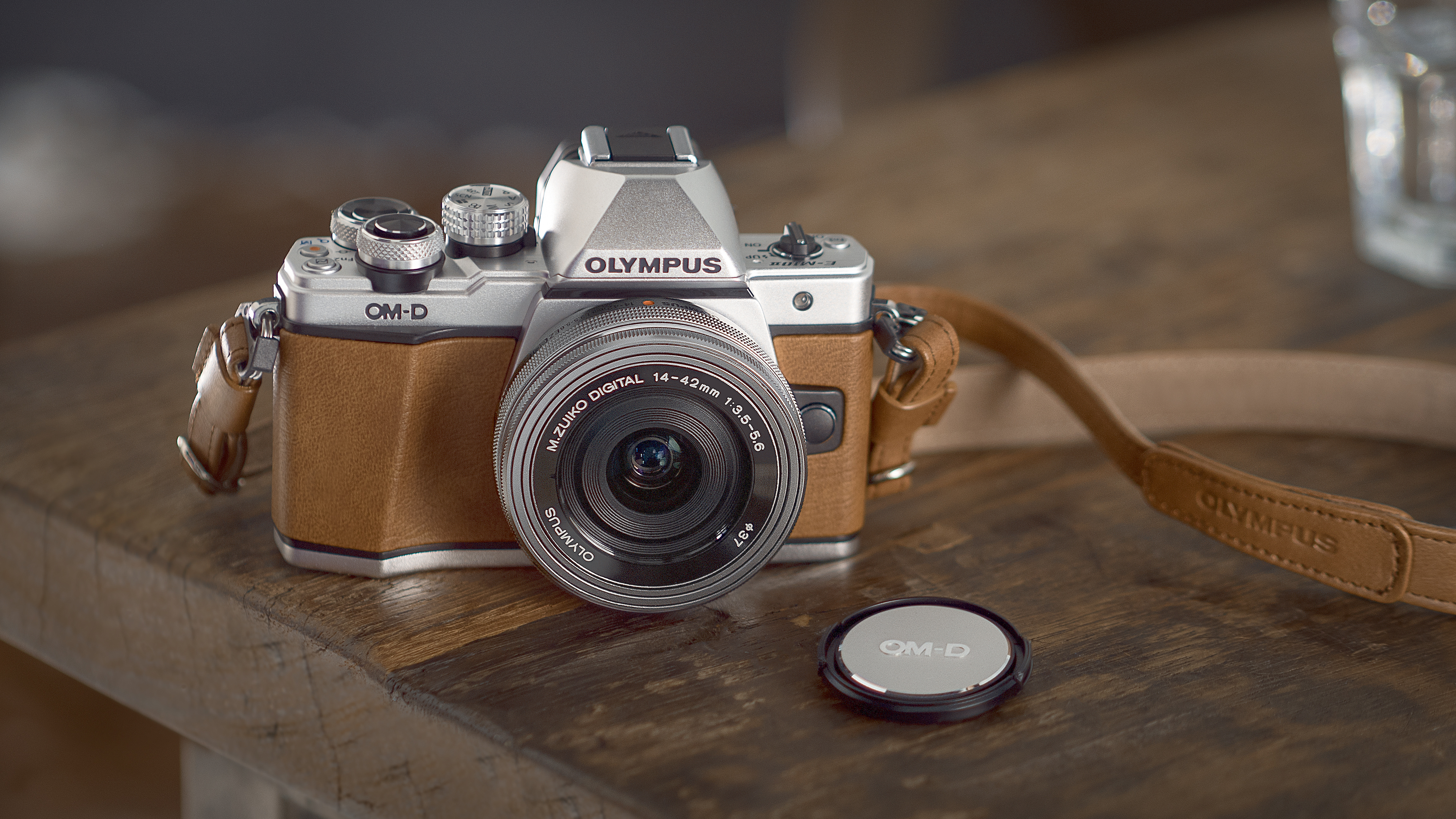Why the Olympus OM-D E-M10 Mark II is still a great camera
The Olympus OM-D E-M10 Mark II came out in 2015 – but it's still a very capable camera

The Olympus OM-D E-M10 Mark II is a bit of an old favorite for me. As a longtime Olympus (now OM System) user, it was a camera that I always enjoyed using – and having recently gone through some of my old bodies, I'm reminded just how good it still is.
While the Olympus OM-D E-M10 Mark II came out in 2015, and has since been superseded by two new models, I was impressed at how capable a camera it remains even in 2022.
Indeed, its immediate successor the Olympus OM-D E-M10 Mark III doesn't add too much that's new. The Mark II's 1080p capabilities are bolstered by 4K video, though the Mark III actually loses out on manual silent shooting – something that is now relegated to a Scene mode, whereby you lost control over the shutter speed.
The upgrades are far more prevalent in the Olympus OM-D E-M10 Mark IV, which benefits from the 20.1MP sensor found in the Olympus PEN-F, a 180° flip-down selfie screen as seen on the Olympus PEN E-P7, and improved autofocus that's offers the best contrast-based AF system on an Olympus / OM System camera.
So where does that leave the Mark II? Certainly its 16.1MP image sensor is a bit on the thrifty side in 2022, but for what the E-M10 series is – an entry level camera that's ideal for social media, blogging, vlogging, street and travel photography – that's more than enough both for online posting and decent-sized prints.
The 121-point contrast-based autofocus isn't designed to keep up with fast action, but again – this isn't a sports camera. For static subjects like still life, landscapes, street shooting and portraiture, it's very much more than good enough.
As with most Micro Four Thirds cameras, the smaller sensor size combined with slightly limited ISO (which maxes out at ISO25600) can make it more challenging to shoot in lower light, but the fantastic five-axis in-body image stabilization system enables you to work with much slower shutter speeds without introducing camera shake.
The best camera deals, reviews, product advice, and unmissable photography news, direct to your inbox!
And while we still prefer a fully articulating screen, the Mark II's tilting touchscreen is great for shooting at high and low angles.
If you can find it at a good price, the Olympus OM-D E-M10 Mark II remains a great option for everyday shooting for enthusiasts – and also packs enough power to get professional quality images.
Read more:
Best cameras for street photography
Best travel cameras
Best cameras for beginners
Best Olympus cameras (OM System)

James has 25 years experience as a journalist, serving as the head of Digital Camera World for 7 of them. He started working in the photography industry in 2014, product testing and shooting ad campaigns for Olympus, as well as clients like Aston Martin Racing, Elinchrom and L'Oréal. An Olympus / OM System, Canon and Hasselblad shooter, he has a wealth of knowledge on cameras of all makes – and he loves instant cameras, too.
